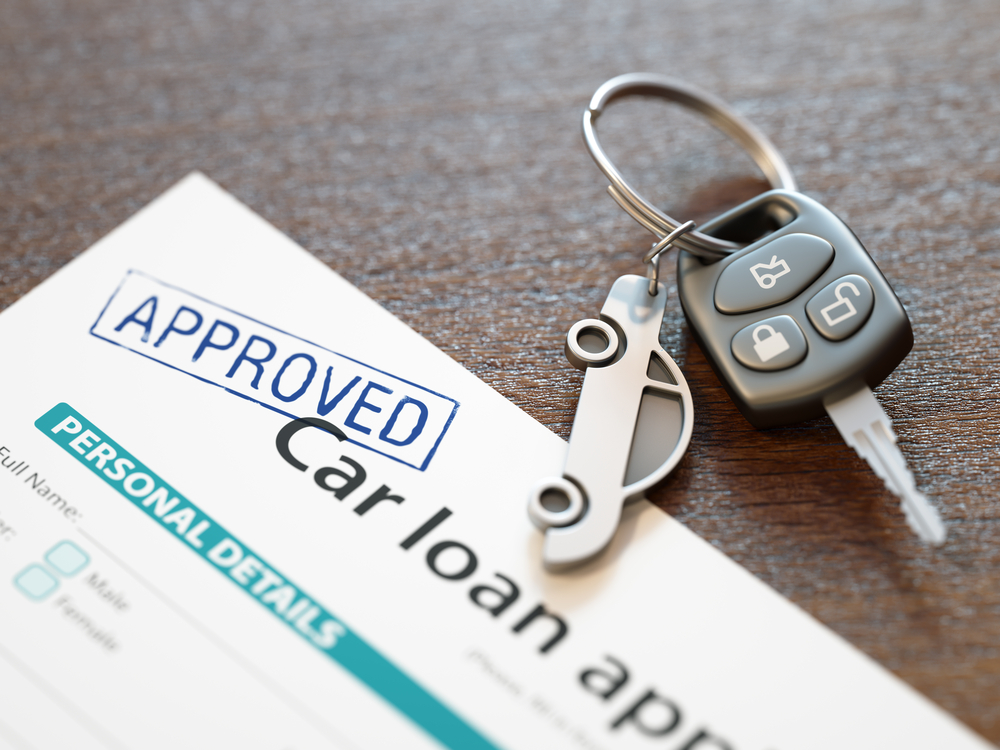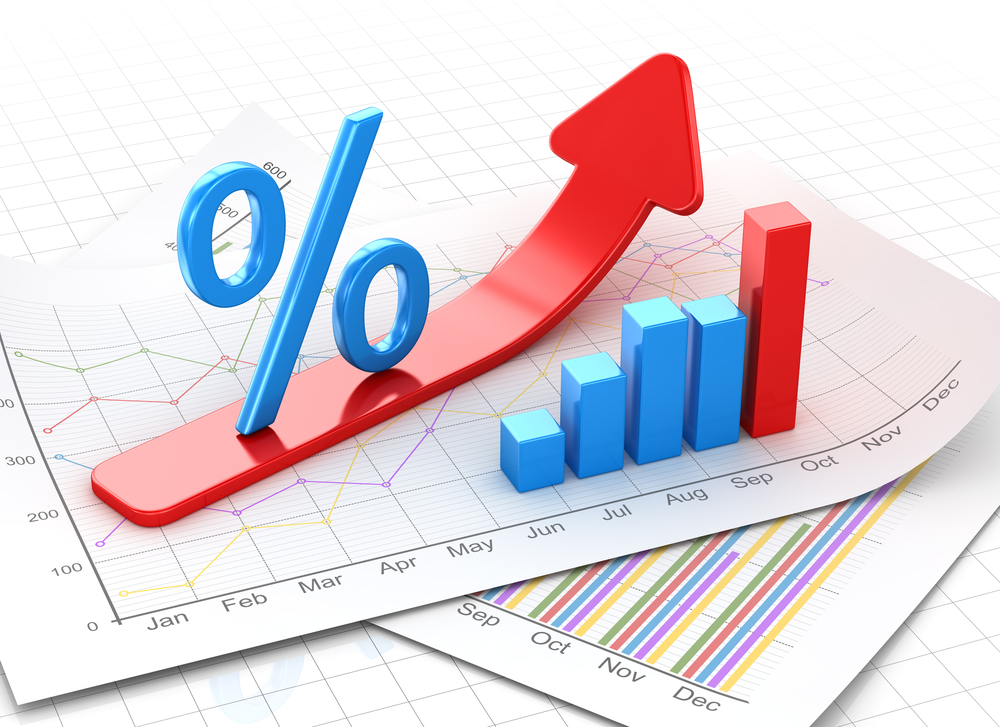Five Reasons to Finance a Car through a Bank
The majority of car buyers finance their purchase with a car loan. There are a number of ways to secure a loan, though. Car buyers can visit the dealership to get financed, they can use an online site to find financing or they can get financed through a bank.
The latter option is often the best option. In fact, there are five reasons to finance through a bank:
- Banks could offer better interest rates
- The experience may be more personable
- Car buyers can shop around
- The dealership visit can be shorter
- Financing in hand gives buyers an easy out at the dealership
Dealerships Might Upcharge that Interest Rate
Buyers might find that applying for financing at the dealership is incredibly convenient. This could allow buyers to just pick out their car and then get financed.
While allowing the dealership to help find financing for the vehicle is convenient, it also could be more expensive. In some situations, the dealership might tack on a few percentage points to the bank’s interest rate for assisting with the financing. This is a fairly common practice.
Those extra percentage points might mean more money for the dealership, but it also causes buyers to pay more each month for their vehicle. Dealership also could add in extra amenities into the loan, too. Real Car Tips explains that they could include warranties or GAP insurance.

How and Why Financing From a Bank Can Benefit Buyers
Securing a loan from a bank to purchase a vehicle allows car buyers to visit the dealership with their financing lined up. This enables them to know exactly how much they can spend and stick to that budget. Before visiting the dealership, though, buyers might want to use a car payment calculator to enter in their loan terms and work out how different car prices would impact the payment.
Just because a buyer is approved for a specific loan amount doesn’t mean they have to borrow the maximum amount extended to them. Shopping for a less expensive car also could help buyers who might not have a lot of money for a down payment.
While the loan covers the purchase price, Nerdwallet explains that the buyer needs to abide by the lender’s terms. The terms of the loan could stipulate a specific down payment and/or mileage and age of the vehicle.
In addition, buyers also need to prepare for any tax that they might owe for their purchase. While buyers might be able to roll sales tax into the loan, this isn’t always an option. Buyers might be stuck with the full bill and the amount could be due before they are allowed to title or register their vehicle.

Do Banks Offer Better Interest Rates?
Dealerships can tack up a few percentage points for handling the loan search, and these extra points could impact that monthly payment. When applying for financing at a bank, though, interest rates that are offered to a borrower are typically cut and dry. The process to get pre-qualified also is pretty simple.
The bank will run a credit check to review the individual’s credit score and credit report. Loan terms and interest rates may rely on this information. Those with high credit scores might secure the best rates and terms.
Car buyers can visit the bank that they use personally or that they have financed with in the past. Perhaps the bank is their mortgage lender.
Buyers can go through the pre-approval process to better understand the interest rates and terms for which they might qualify. This helps them also understand their potential car budget.
A More Personable Experience at the Bank
Getting pre-approved for a car loan at a bank or credit union could be a more personable experience for buyers. Banks aren’t trying to sell anything, and buyers don’t have to worry about unusual markups or charges.
While all consumers need to review the rates and terms of a loan, borrowers can ask the bank to explain any unclear details of the loan and/or the monthly payment obligations. Most loan officers, though, are pretty good about explaining all these details. In addition, if the rates at the bank aren’t great, the individual can move on.
Car Buyers Can Shop Around
Getting pre-approved for a car loan at a bank is considered a hard credit inquiry and it will slightly impact a consumer’s credit score. However, this inquiry is necessary for banks and credit unions to better understand an individual’s risk or creditworthiness.
Nerdwallet recommends that buyers get pre-approved from two to three lenders. The site notes that if the credit inquiries for these lenders are made around the same time, they will hit the credit score as one inquiry.
Getting multiple loan quotes allows buyers to find the lender and the loan with the best interest rate and terms.
A Shorter Dealership Visit
When buyers are pre-approved for financing, they can go into the dealership visit without worrying about the financing portion of the deal. This can allow the buyer to sit down with the sales team member and find the car that they want at the price they can afford.
The dealership visit can focus on taking a test drive and finding the car with the ideal features that satisfies the needs of the buyer.

Pre-Approved Financing Can Let Buyers Avoid Sales Pressure
When buyers visit the dealership and have already been pre-approved for financing by a bank, the loan serves as the maximum price they are able to spend on their vehicle. Nerdwallet explains that this can give buyers an out for any upselling that the sales team member might try to push.
When an extended warranty or other options push the car’s price too high, the buyer can just decline based on what they know about their financing.
Getting pre-approved at a bank can provide more power and more buying confidence for the consumer.
Sometimes the Dealership Can Beat the Bank’s Rates
Getting financed with the help of a dealership isn’t always a bad deal. In fact, dealerships might be able to help a buyer secure financing that is better than what the bank could offer.
Some dealerships might have a promotion for a 0 percent interest rate for qualified buyers. While these special promotions could require the loan to be a certain length, the 0 percent interest rate can be unbeatable. If the terms are right and the buyer can afford the payments, they will have a loan that allows them to pay only the principal on the car each month.
Before getting too excited about 0 percent offers, though, buyers might need to ask about the qualifications and the terms. Some buyers might qualify but the monthly payments could be too high.
How Much Car Can I Afford?
Getting pre-approved for financing at a bank lets buyers know how much they can spend at the dealership. However, buyers don’t have to max out their loan.
Nerdwallet recommends that buyers allocate less than 10 percent of their take-home pay for the actual car payment. However, the site notes that buyers should allocate less than 20 percent of take home pay for total car expenses (insurance, fuel, etc.).
Knowing these recommendations can further help buyers understand their monthly budget. While, yes, the pre-approval helps them understand the bottom line budget, they still need to think about the cost of insuring the vehicle as well as other costs of car ownership.
If the car payment plus those fuel and insurance costs seems to tip the scale, buyers might opt to purchase a less expensive car. Again, buyers don’t have to spend every cent for which they are approved.
Save for Taxes and Other Fees
The bank may provide financing for the car loan, but buyers still have other costs related to that purchase. In some cases, the sales tax from the vehicle purchase cannot be rolled into the loan. The buyer might need to pay those costs in full before they can title or register their vehicle.
Sales tax can be a big expense if the buyer isn’t prepared for it. In addition, buyers also need to pay for the registration and other fees (these, however, are typically not too expensive). Not all states charge sales tax for the purchase of a vehicle, so this is an expense that won’t affect buyers across the country.
A Trade-In Can Help Lower Costs
A lender might have stipulations related to a down payment when extending a loan offer. However, buyers can further decrease their purchase price if they offer a trade-in.
Before visiting a dealership, buyers should use Kelley Blue Book (KBB) to research the price of their trade-in vehicle. KBB will ask the owner for the VIN or make/model. The site also will prompt the owner for details related to the car’s trim, features and condition.
Car owners should be honest about the car’s condition. Otherwise the value estimate from KBB won’t be accurate. The purpose of researching the value of the vehicle is to find out if offers from the dealership are in line with the average trade-in value.
Understanding the value of a trade-in can be a point of negotiation for buyers. If a dealership offers a low price for the trade-in, buyers might visit a different dealership or enter into negotiations to attempt to raise the price of the trade-in.
Do Banks Offer the Best Car Financing?
There are a number of reasons why car buyers might consider getting pre-approved for financing through a bank. A bank or credit union might offer better terms and interest rates, the experience could be more personable and visiting the dealership with financing could give more power to the buyer.
The bank doesn’t necessarily always offer the best rates, though. In some cases, the dealership might offer a 0 percent interest rate or even better terms. When it comes to financing a vehicle, buyers should shop around to ensure they find the best terms and interest rates.
Recent Posts
Categories
Luxury Cars
Trucks
Sedans
